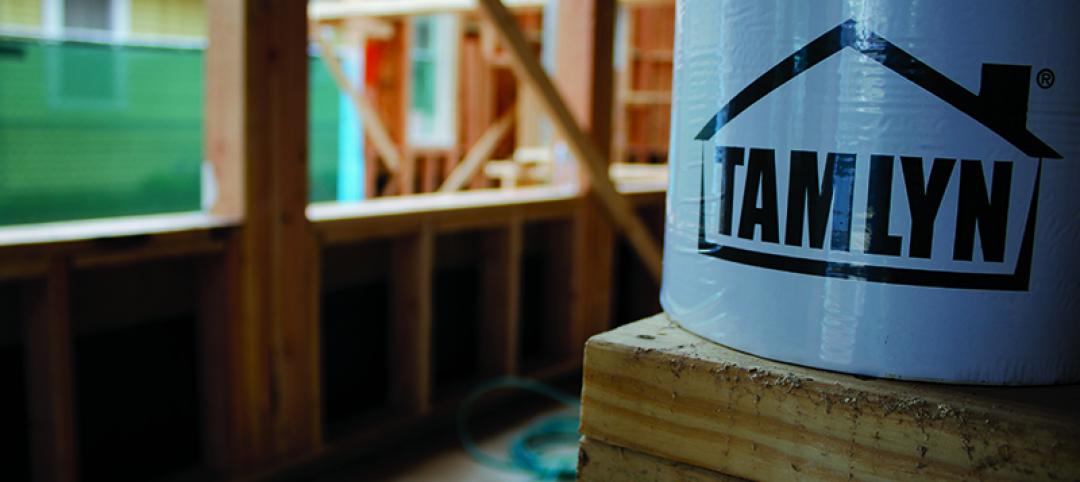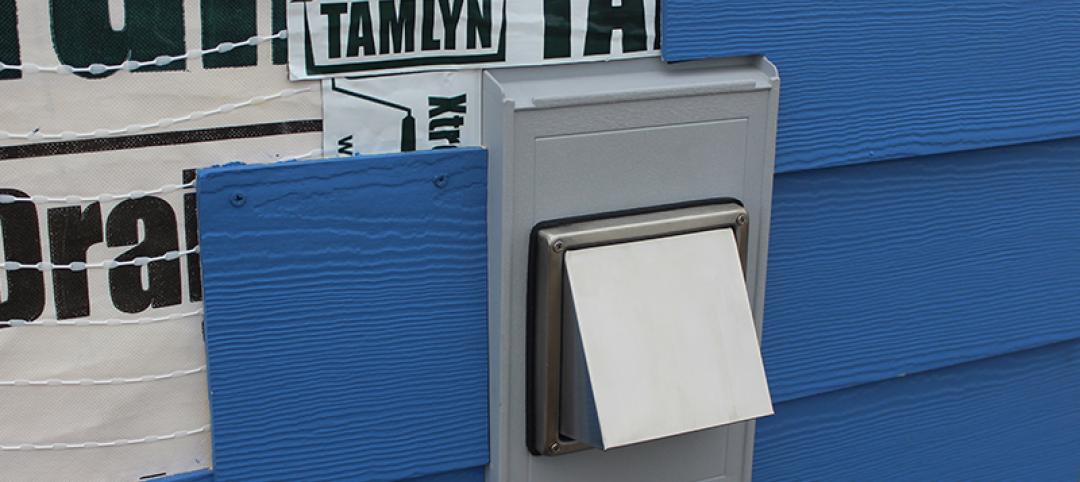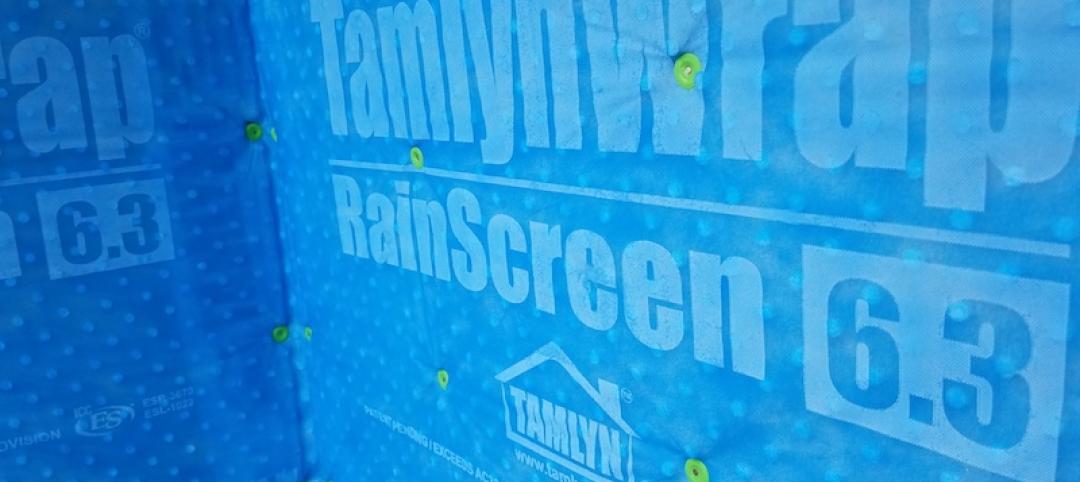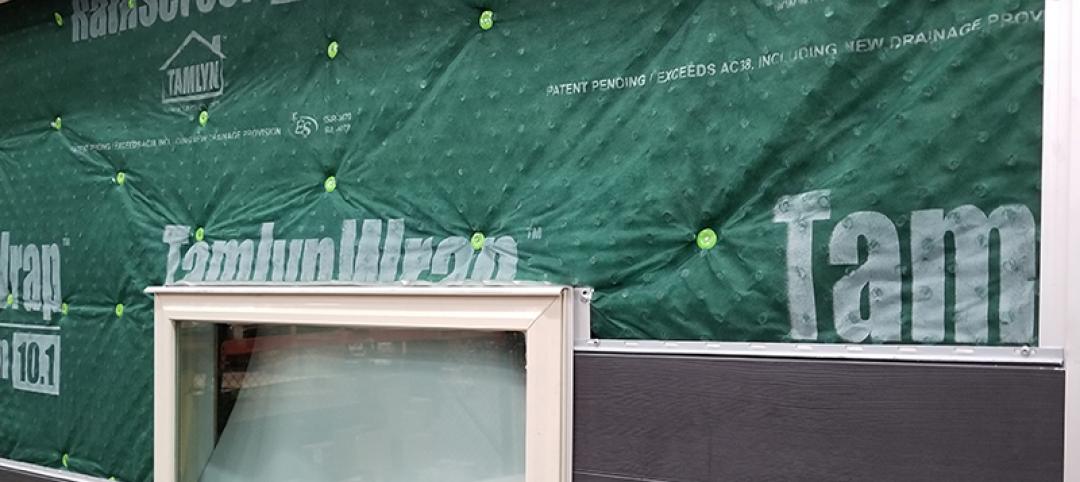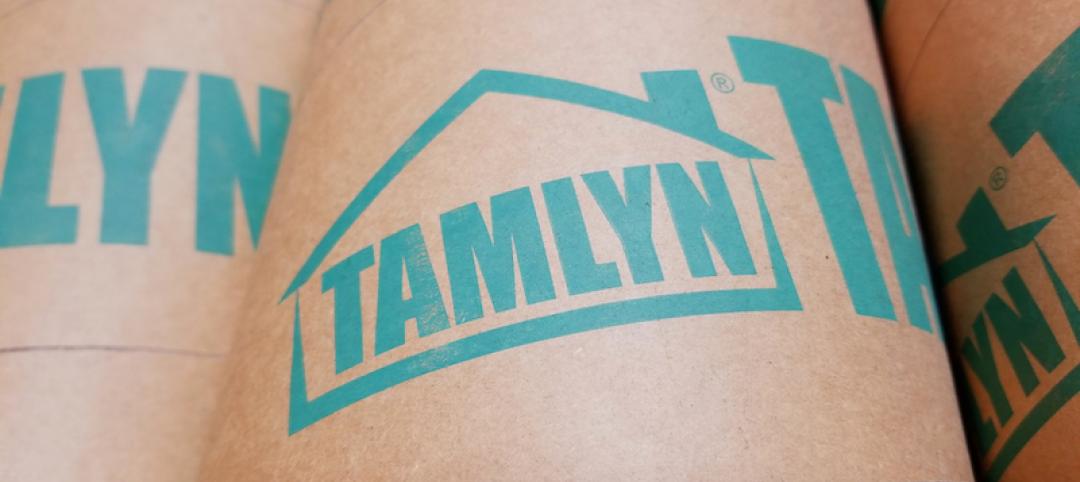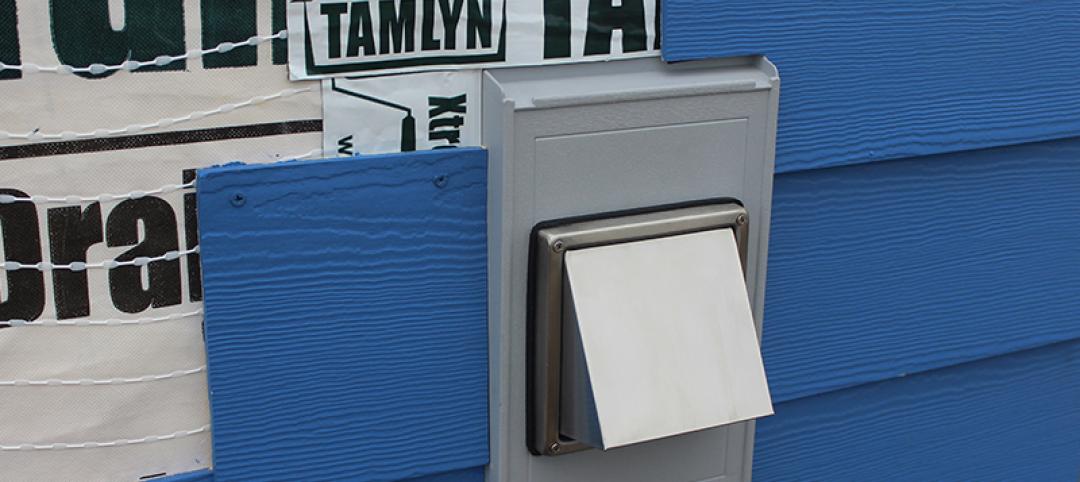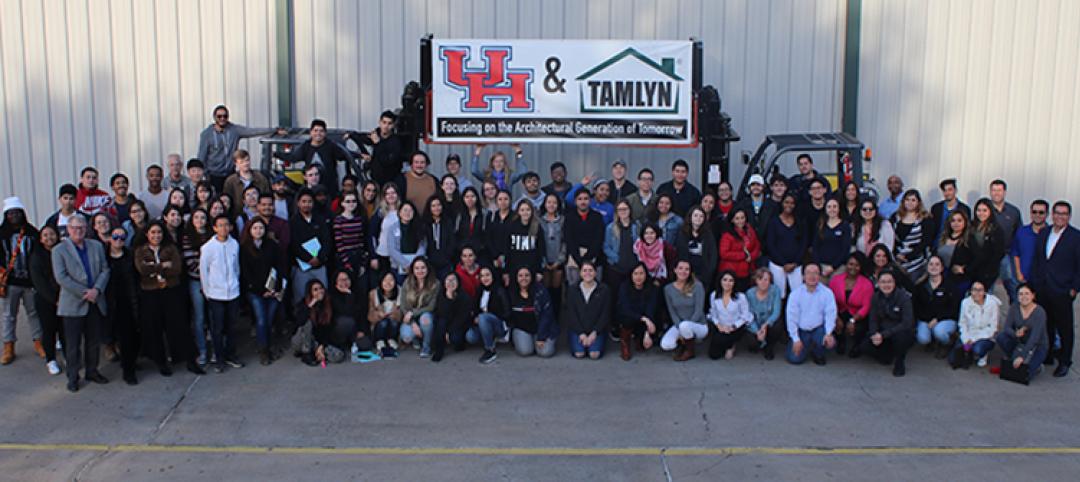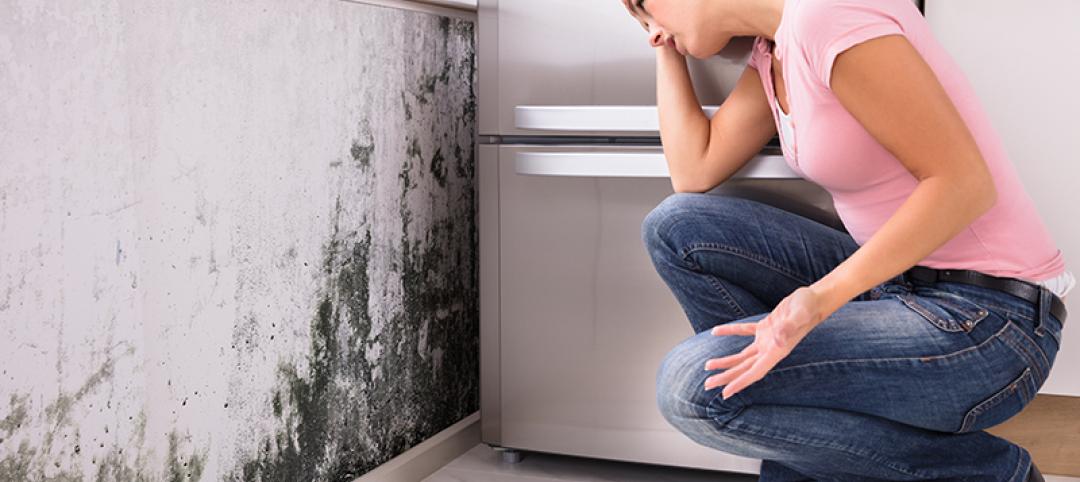Water-resistive barriers (WRB’s) that keep the sheathing dry have been part of the residential building process since at least the late 1800’s, in the form of builders’ felt (aka tar paper). Synthetic WRB’s first arrived in the late 1960’s. Since then, lots of similar products have hit the market. Research and experience have also led to the development of what’s known as a rainscreen wall - a detail that creates a space between the siding and the WRB’s. The space is meant to prevent water that works its way behind the siding from leaking into the wall and damaging the sheathing. A rainscreen also allows a constant airflow that promotes drying and discourages the growth of mold and rot.
At one time, the adoption of a rainscreen wall was left up to the architect and/or builder, but as of 2015, the International Residential Code (IRC) requires rainscreen walls. “The exterior wall envelope shall be designed and constructed in such a manner as to prevent the accumulation of water within the wall assembly by providing a water-resistive barrier behind the exterior veneer, as described in Section 1404.2, and a means of draining water that enters the assembly to the exterior.” And while your region may not yet have adopted the 2015 code, it’s only a matter of time before rainscreens become required everywhere.
What’s your preferred method of building a rainscreen wall? Is it to apply your WRB of choice (builder’s felt, synthetic housewraps, etc.) to the sheathing, then nail up 5/8-in vertical strapping on 16-in centers? How do you detail the bottom and top of the rainscreen channels to keep out the tiny wildlife?
Or maybe you apply the WRB and then attach a mat of proprietary nylon mesh that forms the necessary hydroscopic break to keep the siding and the wall dry?
Perhaps you favor the all-in-one approach, and use a WRB that has an integral rainscreen? One version of this approach features a raised texture that’s incorporated into the housewrap. In theory, the texture creates an airspace, but that often doesn’t provide the amount of space needed to promote adequate drying. And there’s this, per example: If you’re building in Oregon, the state code specifies that the rainscreen create a minimum space of 3mm (1/8-in.), which could pose a problem for those want to use the textured WRB’s.
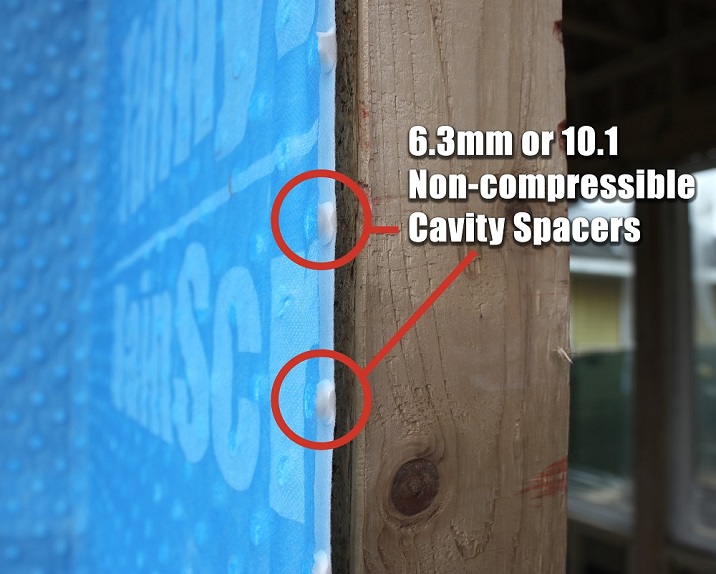
Or how about this? An all-in-one rainscreen and WRB - a tough, synthetic 19-perm WRB covered by a 6.3mm (1/4-in.)-thick rainscreen assembly. Xuaco Pascual, Director of Construction and Building Science at Tamlyn, says that they have developed this new rainscreen 6.3 that is available to the market. TAMLYN RainScreen comes in 5 ft. by 50 ft. rolls, the material is non-compressible, needs no additional detailing at the top and bottom, has a 96% drainage capability and a UV-resistance maximum of 120 days. Unroll it, cap-staple it to the sheathing, and you’re done. Seams are sealed with a proprietary tape; openings should be flashed and windows installed before the rainscreen is attached. TAMLYN is also manufacturing a 10.1mm-thick product to satisfy Canadian building codes.
To learn more about TAMLYN RainScreen or to find a distributor, go to Tamlyn.com.
More from Author
TAMLYN | Apr 8, 2020
Moisture-managing mounting blocks offer great margins – and meet growing needs of builders
Currently, when it comes to water management systems for openings such as vents and electrical, many builders simply tape around the opening and cover it with a makeshift treated piece of trim board.
TAMLYN | Nov 7, 2019
Rainscreens for longer-lasting homes
Rainscreen walls go a long way towards a tighter envelope.
TAMLYN | Aug 21, 2019
Easy steps to avoid water damaged walls
Rainscreen walls go a long way towards a water-tight envelope.
TAMLYN | Jun 19, 2019
Will your vendor let you down? 4 vital questions to ask
To determine if your vendor has the right stuff to deliver what the crew needs at the right time and in good condition, here are four vital questions to ask.
TAMLYN | Mar 29, 2019
Moisture-managing mounting blocks offer great margins — and meet growing needs of builders
It’s important to educate — and upsell — builders on smaller detail pieces that have higher margins.
TAMLYN | Jan 18, 2019
Tamlyn and the University of Houston partner to educate the architects of tomorrow
Visits with working architects, builders and product manufacturers bring concepts to life and prepare architectural students for the first steps in their careers.
TAMLYN | Dec 17, 2018
Versatile trim creates modern look without blowing the budget
An off-the-shelf trim gives a mixed-used development a sleek, custom aesthetic.
TAMLYN | Dec 5, 2018
Ask these 5 crucial questions before choosing and installing drainable wraps
One third to one half of all structures have damp conditions that may encourage development of pollutants such as molds.
TAMLYN | Nov 26, 2018
Quality customer service delivered every day at TAMLYN
When everything is going as expected, every company is there for you. If it goes bad, they’ll show their true colors, leaving you in a bind.

